China's annual car sales exceed 30 million, leading not only in sales, but also in their energy blueprint
 AshleyJan 16, 2025, 03:42 PM
AshleyJan 16, 2025, 03:42 PM
【PCauto】To mitigate the fiscal deficit, the Malaysian government will terminate the subsidy for RON95 gasoline starting in 2025. Although this measure will initially impact only 15% of high-income groups, it is imperative to recognize that the range of subsidized groups is likely to expand in the future. The escalation of fuel prices represents a prevailing trend that is not confined to Malaysia, but is rather a global phenomenon.
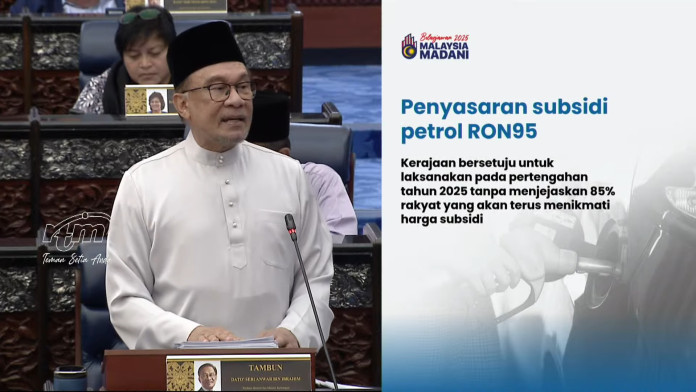
While I do not intend to suggest that the government is urging the immediate transition to New Energy Vehicles (NEVs), it prompts a more profound inquiry: Why is there a global imperative to promote NEVs? Is the motivation solely tied to oil consumption?
Transformations in China's Automotive Sales Structure
This brings us to the observation that China's automotive production and sales surpassed 30 million vehicles in 2024, positioning the country as a leader in the promotion of NEVs. Many may marvel at the staggering figure of over 30 million vehicles produced and sold annually in China.
However, it is also essential to approach this statistic with a critical perspective.
Although Chinese media asserts an "annual production/sales volume exceeding 30 million," the figure encompasses 6.41 million exports and includes a substantial volume of commercial vehicles. Therefore, the true estimate for consumer vehicles is only approximately 22.89 million, which is actually lower than the 23.75 million recorded in 2017. In fact, passenger vehicle sales in China commenced a decline after 2017 and only began to gradually recover in 2020. This signifies that since 2017, the structure of passenger vehicle sales in China has been undergoing transformation, which is a pivotal observation.
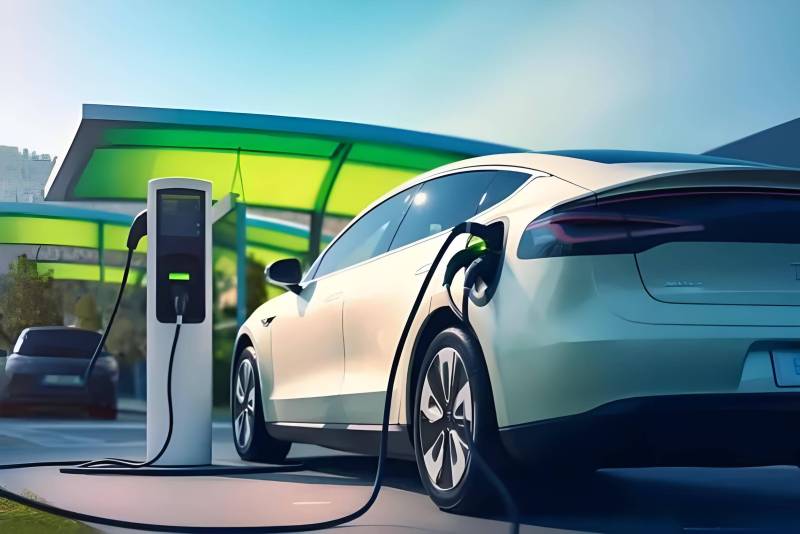
Change One: NEV Sales Surpass 40%. In 2024, China's NEV production exceeded a historic 10 million units. The majority of the sales are produced by China’s domestic brands, underscoring the notable success of China's automotive electrification initiative. The promotion of NEVs has not only proven effective, but also created a remarkable increase in the market share of domestic car brands, which now constitute 66% of the market.
Some may contend that subsidies for NEVs in China predominantly benefit domestic automobile manufacturers. However, it is noteworthy that international brands such as Buick, Toyota, and Honda also benefit from subsidies while marketing NEVs in China. The question arises: why have these brands not intensified their production of NEVs?

Change Two: SUV Sales Surpass Sedan Sales. It reflects a shift in consumer attitudes towards vehicles, indicating that the majority of Chinese consumers no longer perceive cars solely as a means of transport. This contrasts sharply with the situation in Malaysia. For consumers in the Chinese automotive market, the driving experience is no longer the paramount criterion for purchasing decisions. It is important to highlight a consideration that may challenge our automotive media narratives: if our evaluations of vehicles continue to focus exclusively on driving experience and design, we may be falling behind in the industry.
We can observe that Chinese automotive media extensively covers topics such as technology, chips, electrochemical reactions of batteries, methods of motor winding, IGBT materials, and AI technology...
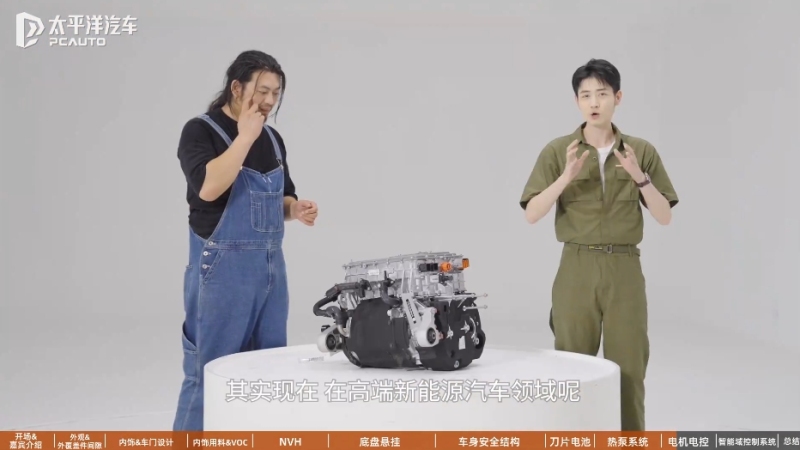
The shift of consumer attitudes is also paralleled by a significant transformation in the perceptions held by automakers
Some may challenge my assertion that the shift in consumer attitudes is merely a kind of personal interpretation. Indeed, one may contest my views, but it is difficult to overlook the market insights drawn by industry leaders such as Toyota and Tesla.
Tesla inherently positions itself as a technology entity, which informs its reluctance to engage in traditional automobile exhibitions — a sentiment that is widely recognized. Then the focus of this discussion shifts to Toyota.
In 2018, Toyota boldly announced its transition from a conventional automobile manufacturer to a mobility company at the Consumer Electronics Show (CES). Furthering this initiative, in 2020, they unveiled the Woven City concept, developed in partnership with their subsidiary Woven by Toyota (WbyT), positioning it as an experimental platform for progressive technologies including autonomous vehicles, robotics, and artificial intelligence (AI). The first phase of Woven City has been completed, and plans are underway to recruit 100 residents to inhabit the community this year.
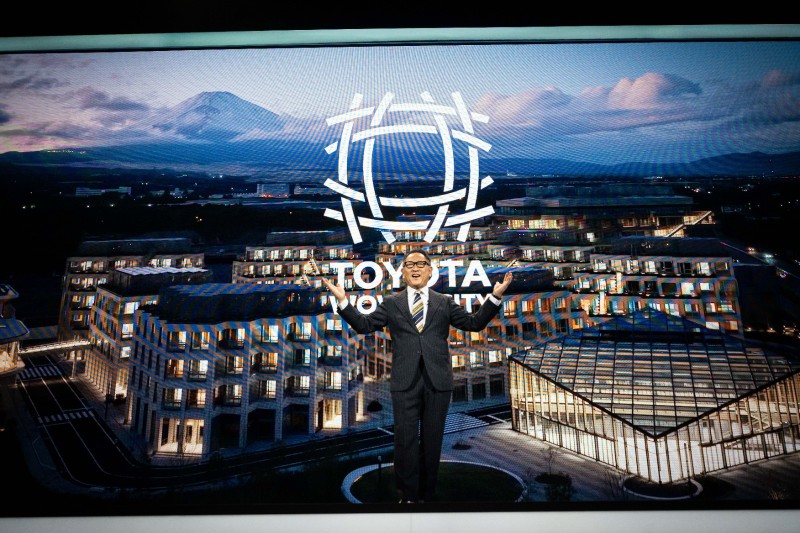
We often behave like a drop in the ocean, oblivious to our role in a vast wave of transformation, unless we elevate our perspective to a broader viewpoint. Here’s the outline of how the transformation entails.
NEVs are no longer reliant on conventional engines, gearboxes, and a number of components and technologies, which has facilitated the emergence of numerous automotive brands that have previously been obscure to the market. It is prudent not to underestimate these new entrants. Their presence in the automotive sphere has initiated fundamental changes within the industry.
For instance, smartphone manufacturers such as HUAWEI, XIAOMI, and APPLE...just cut the APPLE, for it has shelved its automotive project. The point I wish to convey is that automobiles are evolving beyond mere vehicles. They are increasingly being perceived as internet-connected smart devices akin to smartphones. A paradigm shift occurs when one refrains from viewing cars simply as vehicles, allowing one's perspective to transcend from a mere droplet of water to the vast expanse of the sky, enabling a broader overlook of the significant wave of change beneath.
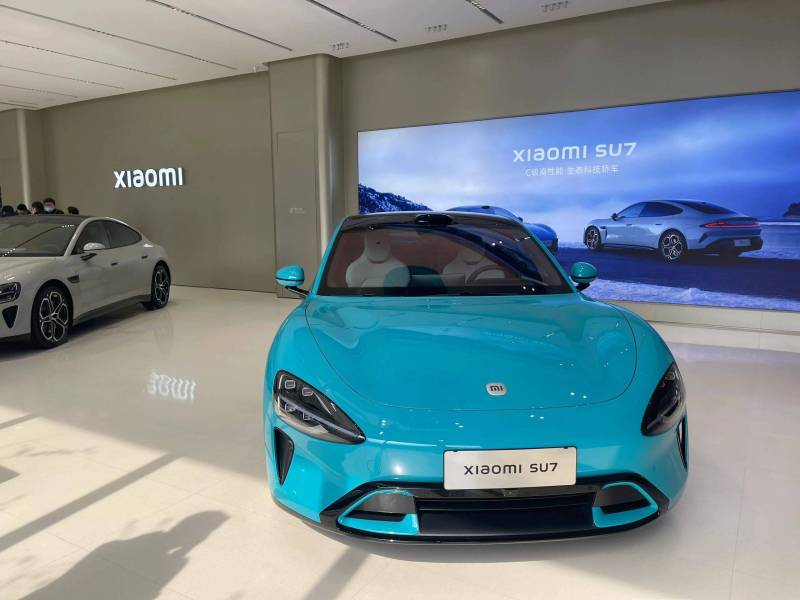
From a business standpoint, merely selling automotive products fails to generate substantial added value for companies. Toyota has acutely recognized the reality and has consequently redefined its identity as a mobility enterprise. The reasons behind Toyota's ascent to becoming the world's largest automaker lie in its strategic foresight. Thus, Toyota's transformative strategies merit careful examination and contemplation.
Cars Transforming into Internet-Connected Smart Devices: Advancing Energy Management
Let us delve deeper into the transformative changes ushered in by this era's technological wave. The integration of energy storage and smart connectivity is paving the way for a significant innovation known as Vehicle-to-Grid (V2G) technology. This paradigm shift enables NEVs to reverse-send power back to the grid instead of merely charging the NEVs. Consequently, power companies may compensate vehicle owners for the energy they provide back to the grid.
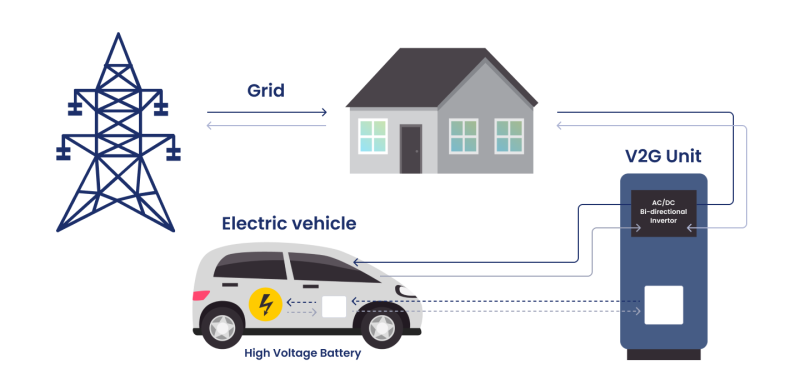
China has already commenced experimental applications of V2G technology. They have previously attempted to transmit electricity to the grid via 59 BEVs (Battery Electric Vehicles) simultaneously, achieving a total discharge power of 3,100 kWh, equivalent to the daily electricity consumption of 200 households.
V2G technology holds the promise of unlocking the potential of solar and wind energy generation. Traditionally, the output of solar and wind energy has been erratic: it fluctuates with weather conditions—providing electricity during favorable conditions while halting during adverse weather. Such variability poses challenges for the grid, as excessive fluctuations can jeopardize the stability of the electrical network. As a result, both solar and wind power generation often face restrictions in grid connectivity and sometimes operate in isolation, leading to substantial energy waste. For instance, in 2022 alone, China squandered 24 billion kWh of wind energy.

China's approach to energy utilization mirrors Tesla's Powerwall concept. During favorable weather, excess energy is harnessed via aged batteries and NEVs, which can then be reintroduced into the grid when demand necessitates. However, it is crucial to note that China's scope of energy utilization is considerably more extensive than Tesla's and hinges upon intelligent connectivity to regulate energy distribution effectively. In this vision, automobiles, regarded as internet-connected smart devices, evolve beyond mere transportation tools. Instead, energy storage emerges as their paramount function. This prioritization signals a profound transformation in the automotive landscape, shaping the future of energy management and consumption.
NEVs Pioneering the Energy Revolution and China is leading in the track
What remains beneath the Earth's surface in terms of oil reserves? How long will those resources sustain us? I cannot provide accurate answers, but it is evident that some Western nations perceive China's advancement in NEVs as a catalyst for an impending energy revolution, one that could potentially redefine the global geopolitical landscape.
The entire Western world is anchored in a conventional energy framework, predominantly reliant on natural gas and coal for electricity generation and winter heating. Although there is a desire to cultivate NEVs within these regions, the reality remains that they have encountered significant obstacles—at least for the present.
In my opinion, China's automobile sales could significantly surpass 22.89 million units. Given the vast market comprising 1.4 billion people, it is plausible that automobile sales may ascend to 40 million by 2030, with NEVs potentially reaching 15 million. By that time, the total number of NEVs in the Chinese market could approach 100 million. Assuming each NEV averages an annual distance of 10,000 kilometers, their collective electricity consumption could amount to 160 billion kWh (calculated based on an energy requirement of 16 kWh per 100 km per NEV).

In contrast, China's solar and wind energy generation alone accounted for 900.7 billion kWh in the first half of 2024. Thus, the critical challenge for China lies in effectively harnessing and storing this electricity.
Accordingly, China is striving to reduce battery production costs through advancements in the automotive sector, with the ultimate aim of lowering energy expenditures, enhancing industrial profitability, and even exporting technology such as solar power generation systems and batteries.
Once these objectives are realized, China could obviate the necessity for coal-fired power plants, facilitating electricity generation and distribution to rural residents via ultra-high voltage transmission systems. This would empower these communities with a reliable and independent electricity supply. Even during moments when solar and wind energy sources are unavailable, power could still be extracted leveraging NEV technology. Furthermore, during surplus energy production periods, these residents would also have the capability to return excess electricity to the grid.
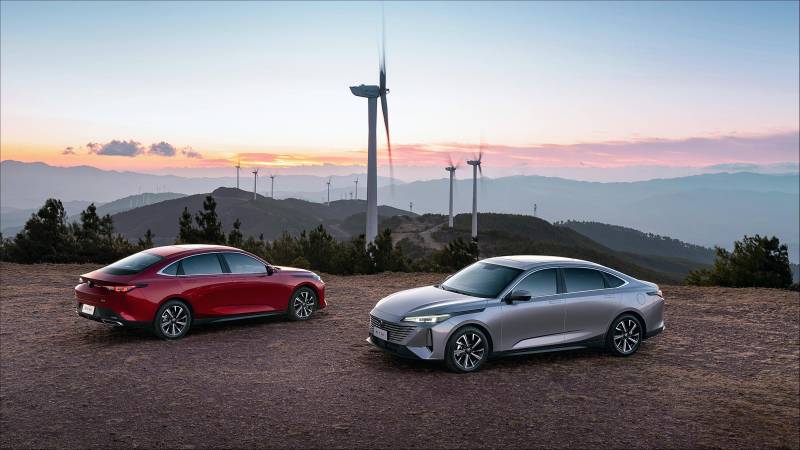
In conclusion, the promotion of NEVs serves a dual purpose: to facilitate the modernization and transformation of the electric grid while advancing the utilization of renewable energy sources such as wind and solar power. Therefore, this initiative transcends the notion of merely moving away from oil. Rather, it ensures that China remains at the forefront of the forthcoming energy revolution.
If any infringement occurs, please contact us for deletion
Trending News

BYD Sealion 7 is not only cheaper than Tesla Model Y, what other differences do they have?
Is it better to buy the BYD Sealion 7 or the Tesla Model Y? This really makes one a bit hesitant, but before you make a decision, I recommend you take a good look at this article.

2026 Toyota Hilux Travo released, the brand-new exterior and interior are highly anticipated
If you're considering buying a Hilux, honestly, the comprehensive innovations in the ninth generation are worth waiting for. While the current model might still have some advantages in terms of reliability and price, the new model offers significant changes in terms of exterior and interior luxury, tech features, and powertrain options.

Toyota Land Cruiser FJ did not disappoint, the most anticipated civilian off-road vehicle is back.
Since its birth in 1951 under the name Toyota BJ, the Land Cruiser series has accumulated sales of approximately 12.15 million units in over 190 countries and regions worldwide, becoming a global off-road icon spanning more than 70 years.

In Malaysia, which sliding door MPVs are available?
The numerous advantages of sliding door MPVs make many people fond of this type of vehicle. However, MPVs are not a mainstream choice in the car market, so many people might not know which MPVs are available domestically.

Jaecoo J7 VS Honda CR-V, which is the most worthwhile C-Segment SUV to buy
With an exterior that closely resembles a Land Rover, Jaecoo J7's sales experienced several months of rapid growth but have recently slowed down. Perhaps the market is nearing saturation, as Jaecoo J7 has already surpassed the once-dominant Honda CR-V in the C-Segment SUV category.
Popular Cars
Model Year
Car Compare
Car Photo

